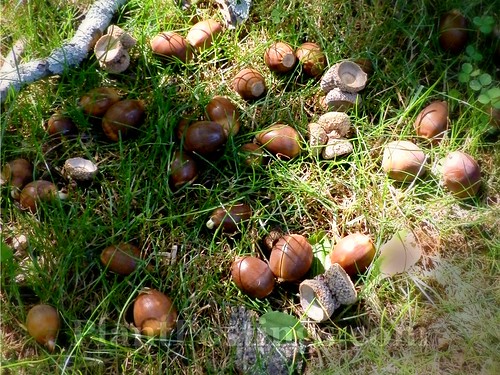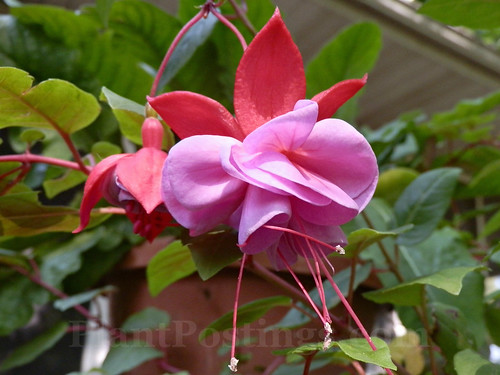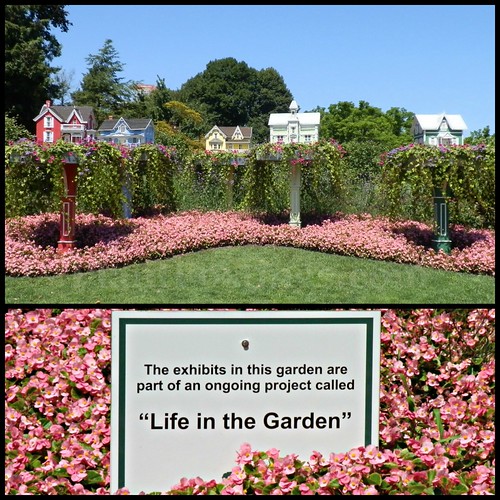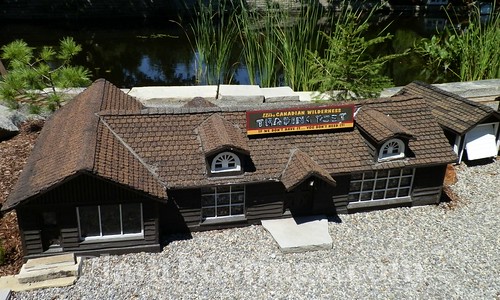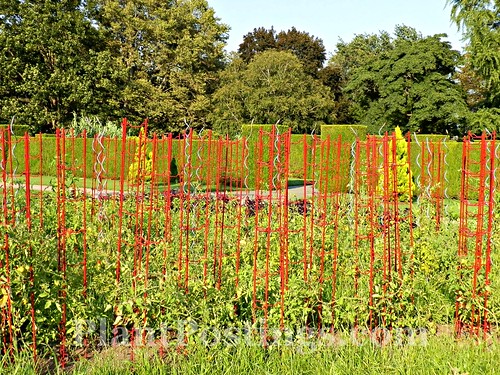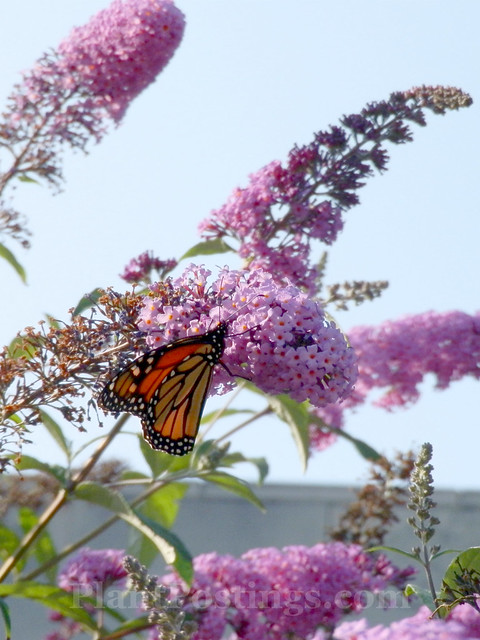
Yes, I know Purple Coneflower (Echinacea purpurea) is a common North American perennial found in many gardens. Perhaps that's why I haven't featured it as "plant of the month" until now. Maybe I take it for granted.

Though most of us are familiar with this beautiful, tough, flowering plant, many probably aren't aware how well it will grow in dappled or partial shade conditions. I've had it growing in the latter for many years--in my west-facing potager, where it gets bright sun for half the day. The initial plants have reliably regenerated every year for nearly two decades.

I introduced Purple Coneflower to the Oak-shaded back garden only a couple of years ago. It's taken a bit longer to get established there, but it's beginning to fill out and add its own special magic to its new location. With the south-facing back garden in dappled shade, the plants receive little glints of light throughout the day. When the sun's rays hit it just right, the plants' glowing-orb seed heads appear to be ablaze.
In shade, the blooms last longer, too, which is another pleasant discovery. So from bud in late May through final bloom in late September and seed heads in winter, this plant has staying power in dappled shade!

If you don't have any Echinaceas in your garden, you might want to consider them for their ease of care, drought-tolerance, beauty, and long life. They're also great cut flowers, they attract butterflies and hummingbirds, and they provide special value to native bees. In autumn and winter, the seeds offer nourishment to hungry birds.
A few more specifics about Purple Coneflower from the Lady Bird Johnson Wildflower Center:
- Native to most of Eastern and Central North America;
- Tolerates a wide range of soil types and moisture conditions;
- Height: 2-5 ft.; Width: 1-3 ft.; and
- Flowers are pink to purple, (I've found the hues are softer when grown in shade).
This common beauty is hardy in zones 3 to 10. The name Echinacea comes from the Greek "echino," meaning hedgehog--referring to the spiky cone disk at the center.
I find the stages of the flower development beautiful to watch as they transition through the growing season.


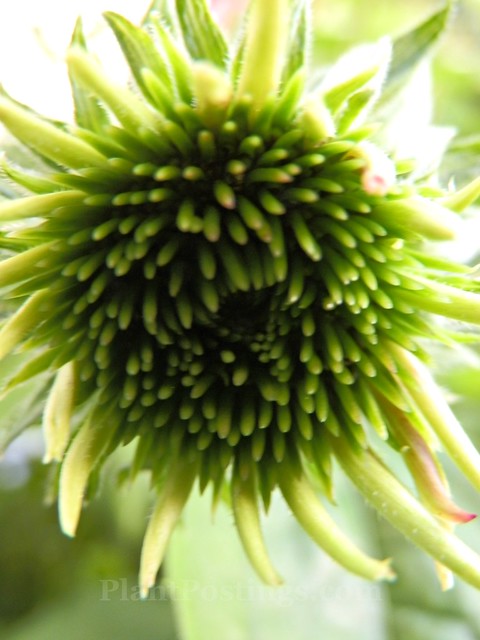






Definitely a great plant for sun, partial shade, or even dappled shade.

I'm linking this post to Gail's Wildflower Wednesday celebration. Head on over to learn about other wildflowers blooming around the world.

